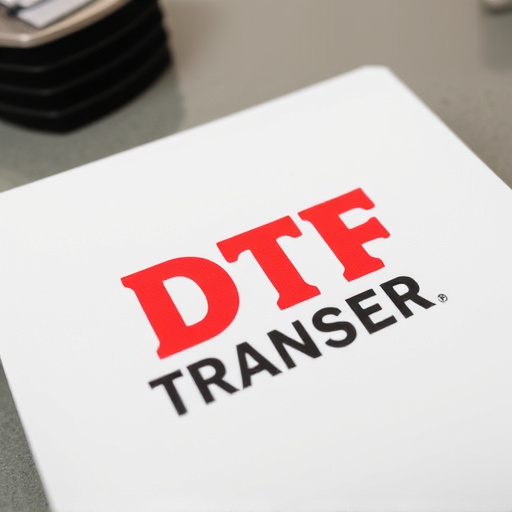Installing a Cold Air Intake (CAI) can significantly enhance turbocharged engines' performance by supplying cooler, denser air for higher power and torque. However, successful integration requires precise engineering to ensure CAI alignment with the turbo's capabilities, preventing airflow restrictions or damage. Optimizing intake setups for turbo vehicles involves minimal backpressure design and seamless compatibility, allowing boost pressure increases through efficient cold air flow. Key to peak engine performance is tuning CAIs and turbochargers together, considering upgrades like larger manifolds for sustained boost levels, addressing turbo compatibility challenges for optimal efficiency.
“Unleash your engine’s hidden potential with turbocharged intake options. In today’s high-performance landscape, understanding cold air intake (CAI) and its seamless compatibility with turbos is crucial for enthusiasts seeking a boost in power. This article delves into the science behind CAI and its ability to enhance engine performance. From optimal setup strategies to maximizing boost levels, we guide you through the essentials of turbocharged intake systems, ensuring your vehicle delivers the horsepower it was designed for.”
- Understanding Cold Air Intake and Turbo Compatibility
- Boosting Engine Performance with Turbocharged Intake Options
- Ensuring Optimal Turbocharged Intake Setup for Maximum Boost
Understanding Cold Air Intake and Turbo Compatibility

Many enthusiasts looking to enhance their turbocharged engine’s performance often consider a Cold Air Intake (CAI). It’s crucial to understand the intricate relationship between a CAI and turbo compatibility. The primary goal of a CAI is to provide cold, dense air directly from outside the engine compartment to the intake manifold, thereby boosting power and torque. However, for optimal results, especially in turbocharged applications, the CAI should be designed specifically with the turbocharger in mind.
A poorly matched CAI could lead to inefficient air flow, compromising the boost levels and potentially causing damage to the turbocharger. The key to ensuring harmony between a CAI and turbo is precision engineering. This includes factors like proper air filter placement, efficient air pathways, and seamless integration with the existing intake system to maintain positive pressure differentials, ultimately enhancing engine performance without straining the turbo’s capabilities.
Boosting Engine Performance with Turbocharged Intake Options

Turbocharged engines offer unparalleled performance and efficiency, and one of the key components in unlocking their full potential is the intake system. Among the various options available, cold air intakes stand out for their ability to enhance engine performance when used with turbocharged setups. By directing cold, dense air directly into the engine, these intakes can provide a significant boost in power and torque. This is particularly beneficial for turbo-charged vehicles, as it allows for better airflow, improved throttle response, and overall smoother operation.
The compatibility between a cold air intake and a turbocharged engine lies in their joint focus on maximizing air flow and minimizing restrictions. Cold air intakes often feature larger, more efficient filters that can handle the increased airflow demanded by a turbocharger. This ensures that the engine receives a steady supply of cool air, which is crucial for optimal combustion and performance. Additionally, these intake systems are designed to minimize backpressure, allowing exhaust gases to flow more freely and further enhancing engine performance.
Ensuring Optimal Turbocharged Intake Setup for Maximum Boost

For maximum performance, a well-optimized turbocharged intake setup is crucial. This involves selecting components that enhance cold air flow into the engine while ensuring turbo compatibility. A high-flow cold air intake (CAI) system designed for turbo applications can significantly increase boost pressure by allowing more dense, cool air to enter the compressor. It’s essential to choose a CAI that fits seamlessly with your vehicle’s architecture and does not restrict airflow or cause turbulence.
Additionally, proper intake tuning is vital. This includes synchronizing the intake system with the turbocharger’s capabilities, ensuring efficient gas exchange, and minimizing backpressure. Upgrading to a more powerful turbocharger may require modifications to the intake manifold or even swapping to a larger-diameter pipe to maintain boost levels and prevent losses. Balancing these components for optimal compatibility ensures your engine delivers peak performance and efficiency.
In conclusion, harnessing the power of a turbocharged engine intake system can significantly boost performance and provide an efficient boost in horsepower. By understanding the fundamentals of cold air intake (CAI) and its compatibility with turbos, car enthusiasts can make informed decisions to enhance their vehicle’s capabilities. The optimal setup ensures a seamless blend of cool, clean air and pressurized exhaust gases, resulting in improved engine performance and maximum boost potential.














